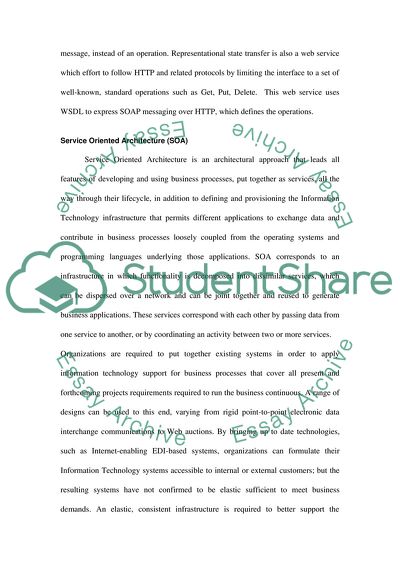Cite this document
(“E-Business Essay Example | Topics and Well Written Essays - 2750 words”, n.d.)
E-Business Essay Example | Topics and Well Written Essays - 2750 words. Retrieved from https://studentshare.org/miscellaneous/1543866-e-business
E-Business Essay Example | Topics and Well Written Essays - 2750 words. Retrieved from https://studentshare.org/miscellaneous/1543866-e-business
(E-Business Essay Example | Topics and Well Written Essays - 2750 Words)
E-Business Essay Example | Topics and Well Written Essays - 2750 Words. https://studentshare.org/miscellaneous/1543866-e-business.
E-Business Essay Example | Topics and Well Written Essays - 2750 Words. https://studentshare.org/miscellaneous/1543866-e-business.
“E-Business Essay Example | Topics and Well Written Essays - 2750 Words”, n.d. https://studentshare.org/miscellaneous/1543866-e-business.


